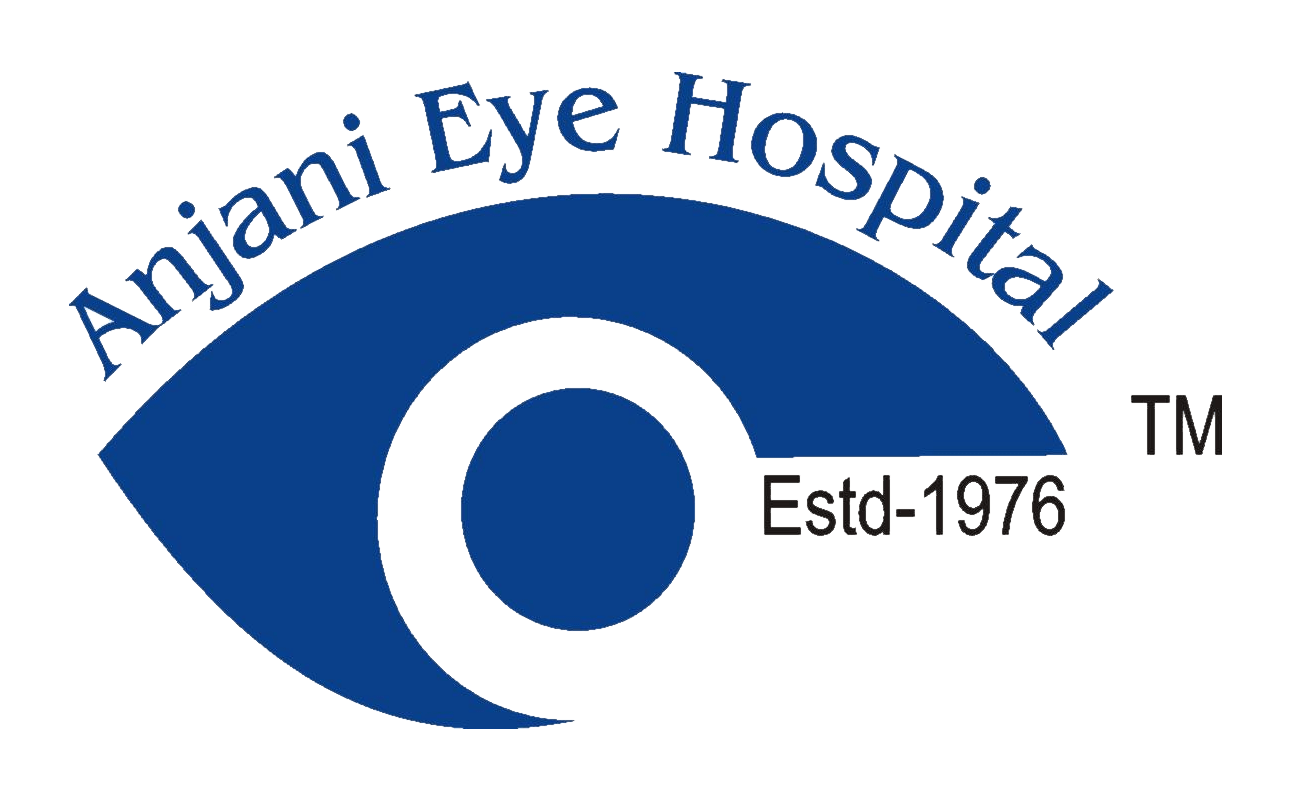What is Pterygium?
A Pterygium is a pinkish, triangular (wing shaped) tissue that grows on the surface of the cornea. It starts at the inner corner of the eye and grows toward the center. Some grow slowly throughout a person’s life, while others may eventually stop. In extreme cases, it can affect vision by covering the pupil of the eye.
What are the causes and risk factors of Pterygium?
The exact cause of Pterygium is not known. However, the main risk factors are high exposure to sunlight, sand, and wind, or very rarely injury to the eye. It is more common in men and in adults aged 20-40. To reduce your risk, you should wear sunglasses or hats in areas with direct sunlight.
What are the symptoms of
Pterygium?
Pterygia are visible, triangle-shaped growths on the surface of the eye. They may be white or pink in color. Occasionally they may lead to reduced vision.
What is the treatment for Pterygium?
A Pterygium can be removed by surgery. However, this is only recommended if the growth affects vision.
A Pterygium can be removed for cosmetic reasons as well. However, this is not recommended as the Pterygium has a tendency and a small possibility of growing back. To make it less noticeable, doctors may instead advise eye drops. These reduce irritation and redness.

Frequently Asked Questions (FAQ)
No. Surgery to remove the Pterygium is the only treatment.
Pterygium surgery is a day care procedure, so you can go back home (if you wish to) on the same day. However, your doctor would want a follow-up the next day.
At Anjani Eye Hospital, we do a special surgery using something called “conjunctival auto graft”. This procedure has a very low chance of the Pterygium growing back.
You may have to apply medications for 5-6 weeks.
The follow-up schedule after Pterygium surgery is :
- 1st post-op day
- 1 week post-op
- 5 weeks post-op
- and later yearly once
Pterygium removal surgery is not used to improve vision. It can only prevent the vision loss that would result if the Pterygium covering the pupil.

